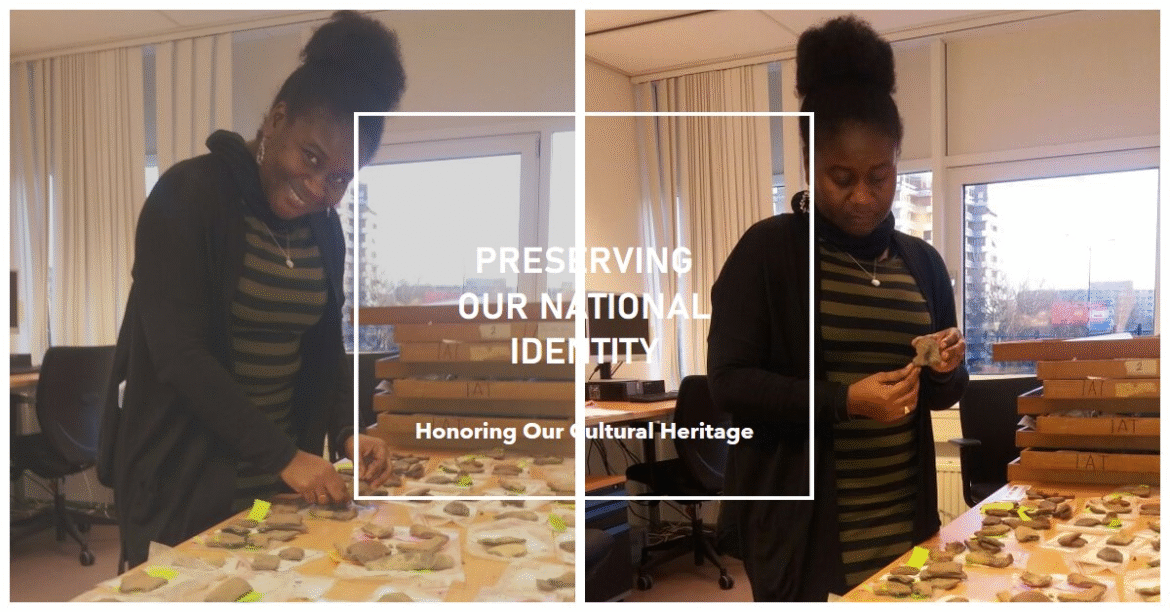Cultural heritage is the legacy of physical artifacts and intangible attributes inherited from past generations. It encompasses traditions, language, art, architecture, music, rituals, and knowledge systems that define the identity of communities and nations. Far more than mere relics of the past, cultural heritage plays a pivotal role in shaping our present and guiding our future. It is the collective memory of humanity, offering a sense of belonging and continuity across generations.
The Roots of Identity and Belonging
Cultural heritage is fundamental to the development of individual and collective identity. It fosters a sense of pride and belonging, connecting people to their history and ancestors. Whether it’s a traditional dance, a historic monument, or a native language, cultural expressions help communities understand who they are and where they come from. In a globalized world where homogenization threatens diversity, preserving cultural heritage is crucial for maintaining the richness of human identity.
A Bridge Across Time and Borders
Heritage connects generations through shared experiences and stories. It allows the wisdom of the past to inform the decisions of the present. Ancient philosophies, indigenous knowledge systems, and traditional ecological practices offer insights into sustainable living, conflict resolution, and community resilience. Moreover, cultural heritage often transcends national borders, acting as a bridge for intercultural dialogue and mutual respect. It promotes understanding between peoples and fosters global solidarity.
Economic and Social Value
Cultural heritage also contributes to economic development. Heritage tourism, for example, is a significant source of income for many countries. Preserving historic sites and promoting traditional crafts not only attract visitors but also create jobs and support local economies. Moreover, investing in cultural heritage can strengthen social cohesion. When communities work together to safeguard their traditions and historic environments, it fosters unity, participation, and empowerment.
Challenges to Preservation
Despite its importance, cultural heritage faces numerous threats. Armed conflict, climate change, urban development, and neglect can lead to the irreversible loss of heritage sites and practices. Globalization, while bringing people together, can also erode local traditions and languages. In such a context, the responsibility of preserving cultural heritage falls on governments, institutions, and individuals alike. It requires legal protection, education, and community involvement.
The Role of Technology and Education
Modern technology plays a crucial role in heritage preservation. Digital archives, 3D reconstructions, and virtual reality experiences can document and share cultural assets widely. Education is equally essential. Teaching the value of heritage in schools and community programs encourages younger generations to take ownership of their cultural roots and actively participate in their preservation.
Conclusion
Cultural heritage is not a static relic of the past, but a living, evolving treasure that embodies the spirit of a people. It shapes identities, fosters unity, stimulates economies, and enriches human understanding. In preserving our cultural heritage, we honor our ancestors, strengthen our communities, and pass on the wisdom of humanity to future generations. To protect it is not just a cultural obligation—it is a moral imperative.
